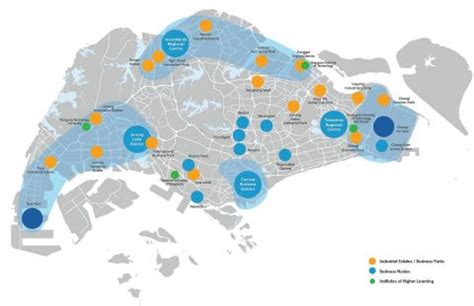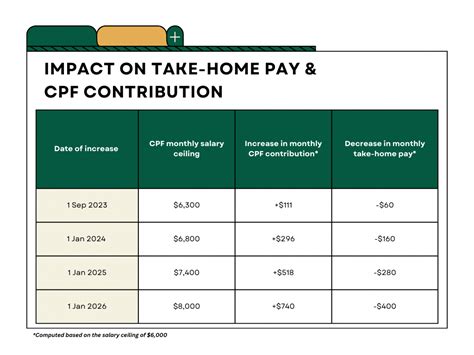As we enter the new year, it’s essential to have a clear understanding of the upcoming work schedule. How many working days are there in 2023? What factors influence this number? Knowing these details can help you plan effectively, optimize your productivity, and maintain a healthy work-life balance. In this comprehensive guide, we will delve into the intricacies of the working calendar, exploring the number of working days in a year, the impact of weekends, holidays, and other variables.

261 Working Days in 2023 – A Comprehensive Overview
In 2023, there are a total of 261 working days for those who follow a traditional Monday-to-Friday work schedule. This assumes that you work 5 days a week and do not take any additional time off for vacations or personal reasons. This year, 53 of the 52 weeks have five working days, while there is one week with four working days due to New Year’s Day falling on a Sunday.
Distribution Across Months
The distribution of working days across the months of 2023 is as follows:
| Month | Working Days |
|---|---|
| January | 20 |
| February | 19 |
| March | 21 |
| April | 21 |
| May | 22 |
| June | 20 |
| July | 21 |
| August | 22 |
| September | 21 |
| October | 22 |
| November | 19 |
| December | 20 |
Factors Affecting the Number of Working Days
Several factors can influence the number of working days in a year:
-
Weekends: Weekends (Saturdays and Sundays) are typically non-working days in most regions, reducing the number of working days in a year.
-
Holidays: National and religious holidays are also non-working days, further reducing the number of working days. The number of holidays varies across countries and cultures.
-
Personal Time Off: Employees may take time off for vacations, personal appointments, or other reasons. These absences reduce the total number of working days.
Weekends and Holidays in 2023
In 2023, there are 104 weekend days (52 Saturdays and 52 Sundays). Additionally, there are 11 federal holidays observed in the United States:
- New Year’s Day (January 1)
- Martin Luther King Jr. Day (January 16)
- Presidents’ Day (February 20)
- Memorial Day (May 29)
- Juneteenth National Independence Day (June 19)
- Independence Day (July 4)
- Labor Day (September 4)
- Columbus Day (October 9)
- Veterans Day (November 11)
- Thanksgiving Day (November 23)
- Christmas Day (December 25)
Impact on Productivity and Work-Life Balance
The number of working days in a year significantly impacts productivity and work-life balance.
-
Productivity: A higher number of working days can lead to increased productivity, as employees have more opportunities to complete tasks. However, research has also shown that excessive working hours can lead to burnout and decreased productivity.
-
Work-Life Balance: A balanced number of working days allows individuals to allocate time for personal life, family, and other activities outside of work. This balance is crucial for maintaining overall well-being and reducing stress.
Common Mistakes to Avoid
When planning your work schedule, avoid these common mistakes:
-
Assuming a Fixed Number of Working Days: The number of working days can vary from year to year due to the timing of holidays and weekends.
-
Overworking: Working excessive hours may initially increase productivity but can lead to burnout and decreased effectiveness in the long run.
-
Ignoring Work-Life Balance: Failing to prioritize personal time can result in stress, reduced job satisfaction, and health issues.
Conclusion
Understanding the number of working days in a year is essential for effective planning and maintaining a healthy work-life balance. In 2023, there are 261 working days, influenced by weekends, holidays, and personal time off. By considering these factors and avoiding common mistakes, individuals can optimize their productivity and achieve a fulfilling work-life balance.
















